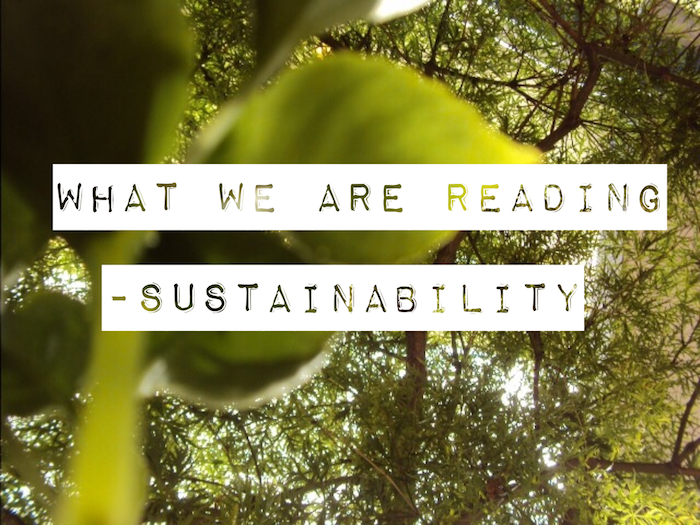
What We Are Reading – Sustainability
There’s no shortage of need-to-knows in denim—and the retail industry as a whole—and it all goes into the business of blue.
Every month, Carved in Blue shares their favorite information sources for the hottest topics in the sector— this month we are sharing some of the apparel industry reports on sustainability impacting from trees to seas.
Here’s a look at the sustainability reports we read this past June:
Changing Markets, May 2018
False Promise of Certifications
Faced with the gravity of today’s environmental and social problems, consumers are increasingly seeking out sustainable products that minimise negative impacts on people and the planet. In the UK alone, the market for ethical products grew to more than £81.3 billion in 2017, with demand for sustainable fish growing by nearly 37% in 2016. Consumers often rely on labels to identify more responsibly made products. This trend has led to the proliferation in the number of different schemes and voluntary initiatives: The Ecolabel Index currently lists over 460 labels in 25 different sectors. But are they any good?
Copenhagen Fashion Summit/ Global Fashion Agenda, May 2018
This is an annual in-depth assessment of the fashion industry’s environmental and social performance. According to the 124-page industry assessment, 75% of fashion companies have improved their environmental and social performance over the last year.
Textile Exchange, May 2018
2017 Preferred Fiber & Materials Market Report
Textile Exchange released its largest Preferred Fibers & Materials (PFM) Market Report, with 95 companies reporting. This report represents a 14% increase in participating companies as compared to 2016’s report, and a 76% increase over 2015’s report.
Safer Made, June 2018
Safer Chemistry Innovation in the Textile and Apparel Industry
The report evaluates the role various harmful chemicals have in the production of textiles and apparel and it identifies five key Innovation Areas. It offers insights to accelerate the adoption of new safer technologies, and highlight the work of over a hundred young innovative companies.
Greenpeace, June 2018
Microplastics and persistent fluorinated chemicals in the Antarctic
Greenpeace’s Antarctic investigations add valuable new data to the scientific investigation of contamination in the Antarctic region. The findings confirm the presence of persistent microplastics and hazardous and persistent chemicals (PFASs) in remote regions around the Antarctic Peninsula and the Bransfield Strait, including in areas that are being considered for protection because of their importance for wildlife. The findings for microplastics are within the range of other scientific studies on seawater in remote regions. Given that there is little data for microplastics or microfibres in Antarctic waters these investigations provide new information on the status of contamination in the region






